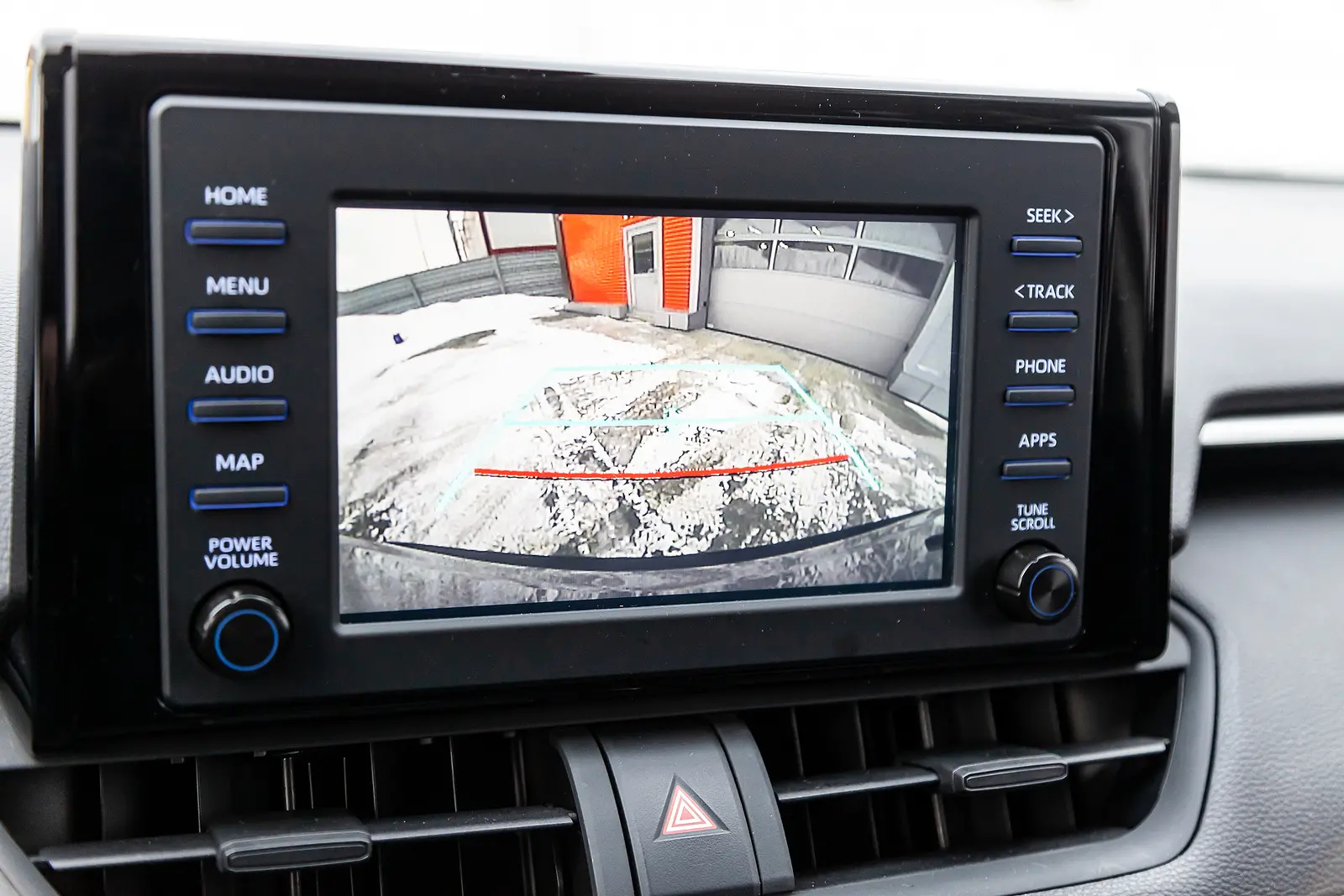
Workplace safety is something business leaders can’t afford to overlook. Every business leader is responsible for providing their team members with a safe working environment, regardless of whether they’re in the office or they’re out on the field. Safety isn’t just something businesses need to prioritize for compliance purposes either. A safer workspace is also a more productive one. When employees feel protected and supported in their role, they’re more likely to produce better work, take less time off, and feel more satisfied with their job. Unfortunately, creating a safe working environment isn’t always as simple as it sounds. Today, we’re going to look at some of the best ways business leaders can protect and secure their teams.
Conduct a Risk Assessment
The first step in creating a safer workplace for everyone in your organization is determining where potential risks lie. Different types of employees in your workplace may encounter different threats. For back-office employees, data breaches and cybersecurity concerns are likely to be a significant threat, along with workplace comfort. In the field, employees will encounter risks based on the kinds of environments they encounter and the assets they use. Fleet drivers will be subject to risks on the roads, while engineers may encounter dangers when working with machinery and electrical devices. A full risk assessment will help you to determine where precautions need to be implemented to protect your teams, and your brand.
Create Comprehensive Policies
Based on your risk assessment, you’ll be able to create documents and health and safety guidelines that help your employees to stay safe on the job. These might include documents that cover what kind of safety equipment employees should use when working with dangerous assets. You could also create policies for cybersecurity, covering things like how to avoid phishing scams and potential data issues. Make sure these policies are provided to every team member, alongside adequate training, to help your employees adhere to the guidelines you set.
Extensive training programs with clear instructions will help to minimize potential injuries and ensure you can remain compliant with health and safety standards.
Leverage the Right Technology
Technology isn’t just a powerful tool for improving workplace efficiency and productivity, it can also make your team members safer. IoT devices can track the number of employees in a warehouse meeting room, or office environment, and alert business leaders when capacity limits are exceeded. There are even tools that monitor air quality in real-time. In business environments where companies are reliant on vehicles, vehicle camera systems can have a huge impact on the safety of drivers. They can monitor safe and unsafe driving practices, making it easier to detect issues that might lead to accidents on the road. Some solutions even come with real-time distracted driving detection and night vision. You can find guides online that can walk you through the process of choosing the right camera system for your vehicles, with behind-the-scenes insights into useful features and capabilities.
Reward Safe Behaviors
While comprehensive policies and training solutions will help to improve the adoption of safe practices throughout your business, you can boost your chances of success even further with the right rewards strategies. Incentive programs are a great way to keep employees motivated, and ensure they consistently adhere to the right security and safety guidelines. You could issue small rewards, like digital badges or points to employees who exhibit safe practices in and around the workplace. You could even have an employee of the month initiative that specifically focuses on rewarding your safer employees. The right incentives will reduce the risk of your employees overlooking safety strategies when they’re focusing on efficiency and productivity instead.
Collect Insights
Finally, it’s important to note that you need to make a plan that is adaptable to changes because the risks and threats in your business may change over time. As your company adopts new processes and technologies, new problems may emerge that you didn’t account for during your initial risk assessment. Monitoring the workplace for signs of unsafe behavior, data breaches, or other security issues will help you to detect potential problems before they damage your business reputation. Collecting regular feedback from employees, about how you can implement changes to make them feel safer while completing day-to-day tasks can be useful too. Listening to your employees and responding to their feedback also helps to create a more collaborative environment, where everyone feels heard and respected.
Create a Safer Workplace
Creating a safer workplace isn’t just a necessity for companies that want to comply with federal and industry regulations. It’s also a core component of building a more productive, efficient business, where employees feel empowered to deliver their best work. Follow the steps above to start creating a safer workplace, where all your team members can thrive.
1175 Views












